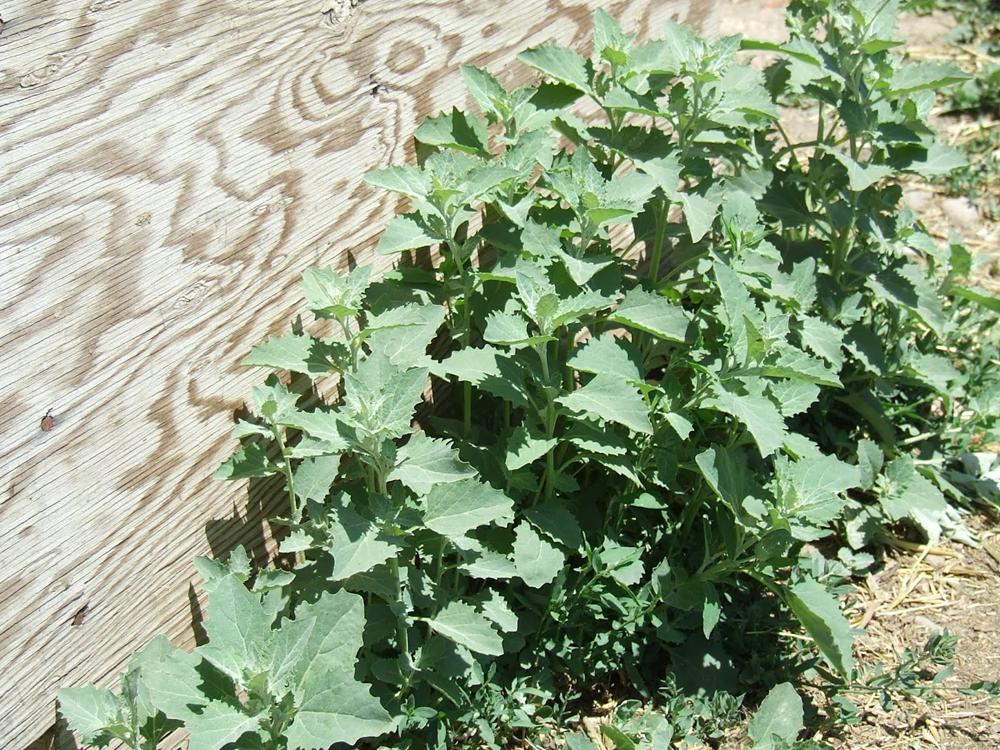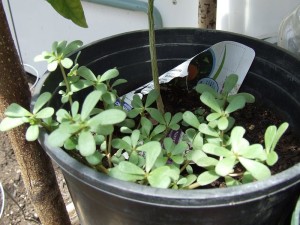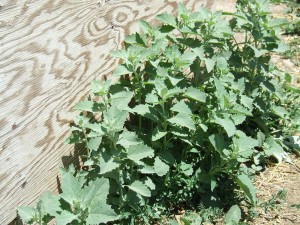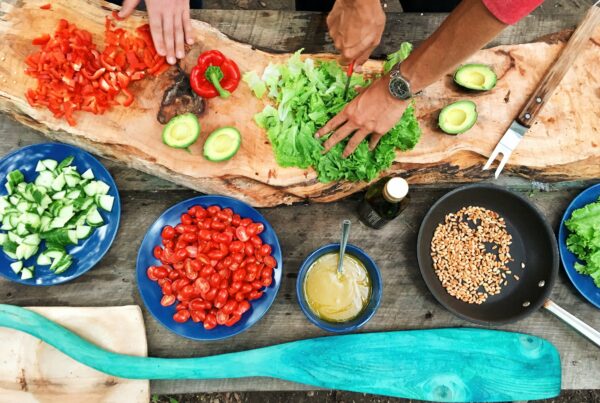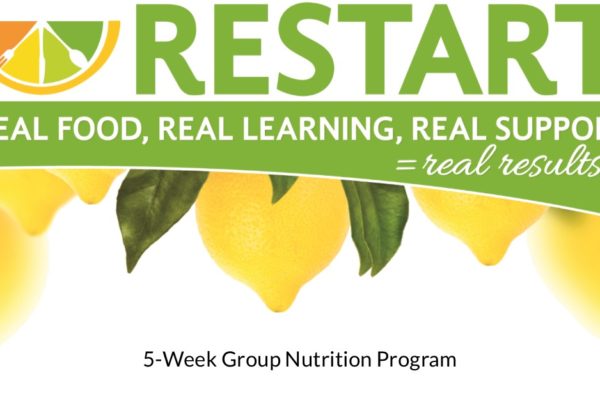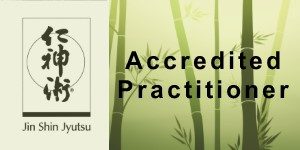This is a guest post by Caleb Warnock, author of The Art of Baking with Natural Yeast: Breads, Pancakes, Waffles, Cinnamon Rolls and Muffins and the national bestseller The Forgotten Skills of Self-Sufficiency Used by the Mormon Pioneers
. Caleb teaches “Forgotten Skills” classes including winter gardening, pioneer jams and jellies, growing early and long-keeper vegetables, raising chickens, and much more. To reach him, visit CalebWarnock.blogspot.com or calebwarnock@yahoo.com.
© 2012 Caleb Warnock. The contents of this blog post are not the public domain and may not be used without the express written permission of the author.
More than 700 people have toured our garden over the past year to see first-hand how we grow a winter garden with no artificial heat or electricity, save seeds, and eat (mostly) self-sufficiently 365 days a year. I admit that it was the people touring my garden who first brought me around to the full possibilities of wild vegetables. My only regret is that I didn’t catch on sooner. 🙂
My Forgotten Skills bookhas my recipe for dandelion ravioli, and a history of how the pilgrims brought dandelions to this country as a “hunger gap” food for both humans and honey bees. Dandelions – which to this day are sold in Italian grocery stores instead of lettuce – are far more nutritious than any lettuce you can grow or buy. And if you know how to prepare them, they are never bitter.
After reading my book, my neighbor became intensely interested in wild vegetables. And it was she who eventually converted me. My wife and I eat something from our property almost every day, and having entire meals from our property is not unusual. But recently, we had a salad for dinner that was entirely made of wild vegetables – a first for us. What was in it?
- the first purslane of the year
- tender tips of lambsquarters
- purple chive flowers
- dandelion leaves
- mallow leaves
- mallow peas
- buttercrunch lettuce
- purple mustard greens
Purslane grows as a “weed” in our yard, but it is a popular vegetable in the Mediterranean. The wonderful book Edible Wild Plantsby John Kallas says that purslane has more than twice as much omega-3 as kale, huge amounts of vitamin E, and as much iron as spinach. And the taste: perfection. Sweet, light, crunchy, delicious.
Lambsquarter is a genetic relative of spinach and Kallas suggests that real food enthusiasts should call this “wild spinach” because that is really what it is. We eat the tips, which are the most dense and tender. Kallas says it has more fiber and vitamins A and C than garden spinach, along with a list of other benefits. Taste is like a mild spinach.
I am counting purple chive flowers as “wild” in the sense that I don’t have to do any work to grow them. Chives are perennial, and the plant I gathered the flowers from is a decade old. I do nothing to take care of it. The flowers are not only edible but beautiful and taste like chives, only with a bit more heat. They give any salad a great pop of color and flavor.
Dandelion leaves should be eaten, not poisoned! Why waste this healthy, flavorful free food? For the full story of dandelions as food, see my Forgotten Skills book.
When my neighbor asked me if she could transplant a mallow weed from my garden to hers, I was gobsmacked. I hate mallow. The roots must go ten feet deep – and I can never seem to get rid of them. My neighbor convinced me to eat them, not fight them. Sweet revenge! You might remember this plant from childhood as the “cheese” plant when you opooed mallow peas in your mouth. did you know you can make a marshmallow-like merengue from those peas? John Kallas has the recipe in his great book.
Buttercrunch lettuce is another one of those vegetables that is “wild” in my garden in the sense that I planted this seed years ago, and each year it reseeds itself and comes up in spring – the easiest gardening I’ve ever done.
Same thing with Osaka purple mustard greens. The leaves are beautiful, and they reseed themselves easily. They have a bitter not, so go sparingly if you add them to a salad.
I was teaching a class recently about what I call “giving yourself a raise” by lowering your food bill by eating out of your garden year-round. There was a man in the audience who interrupted me to say he was an accountant and there was an aspect of saving money I hadn’t mentioned. Sales tax. In Utah, where I live, everytime I get something out of my garden, not only have I saved myself gas to go to the store and back and the cost of the food, but also the sales tax. That money can go to more important uses – getting a family out of debt, or giving to a worthy charity.
There is no easier way to give yourself a raise than to have a wild vegetable salad. And you’ll be surprised at the taste. We had ours with balsamic vinaigrette (which we did buy from the store). One caution – if you collect wild vegetables, make sure you are getting the right plants (its not that hard). Make sure, whether collecting in your yard or elsewhere, that they have not been sprayed with chemicals. And enjoy!

